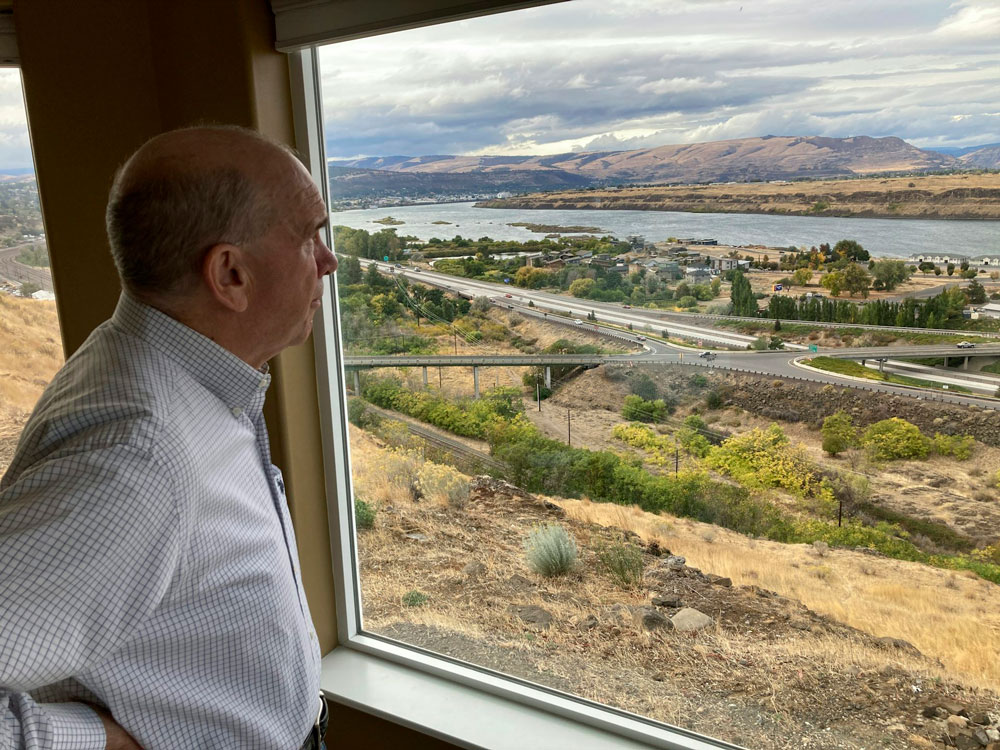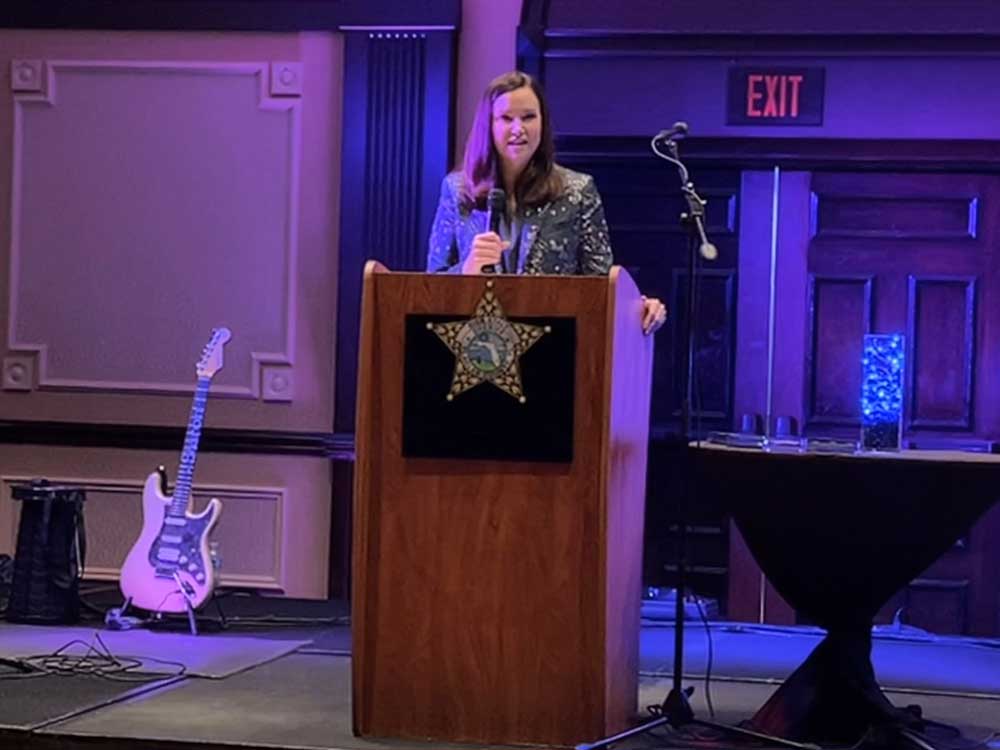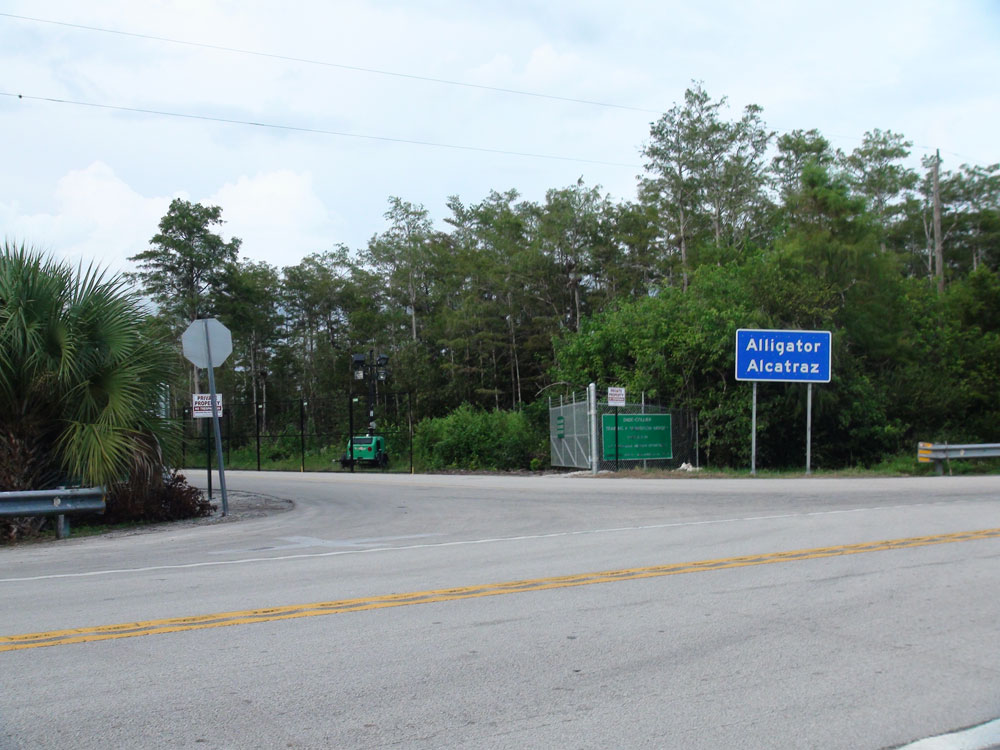By Suzanne OConnell and Alton C. Byers
Meltwater from the enormous Mendenhall Glacier in the mountains above Juneau, Alaska, floods into mountain lakes and into the Mendenhall River, which flows through the town every summer.
One lake in particular, Suicide Basin, an ice-dammed basin on a glacier arm, has been the subject of intense monitoring by scientists and local authorities since 2011. This region was formerly covered by glacier ice, but in recent decades, the ice has receded, leaving behind a sizable, profound depression.
Meltwater filled the Suicide Basin in the summers of 2023 and 2024, overflowed, and escaped through ice tunnels, causing water surges downstream that inundated nearby neighborhoods.
In 2025, the basin flooded once more on August 12–13.
On August 13, as it headed into Juneau, the state capital, the water surge from the Suicide Basin hit record levels at Mendenhall Lake. Before the surge, officials advised certain residents to flee. New emergency flood barriers were able to contain the damage as the water level climbed.
In cities all throughout the world, the glacier flood dangers that Juneau now faces every summer are becoming an increasingly serious issue. As earth scientists and glacial geographers, we investigate how ice loss may affect the stability of nearby mountain slopes and glacial lakes, and we identify a number of causes for growing concern.
The growing risk of glacial floods
As global temperatures rise, glaciers are melting in several mountain ranges. Between 2000 and 2023, the Alps and Pyrenees in Europe lost 40% of their glacier volume.
For ages, people downstream have relied on this and other glacial areas for freshwater; today, about two billion people depend on glaciers. However, glaciers also provide potentially fatal hazards since they melt more quickly.
Large lakes are frequently formed as water from the melting ice flows into depressions that the glacier originally inhabited. Numerous of these growing lakes are stabilized by unstable ice dams or rock moraines that the glacier has deposited over many years.
A landslide, a big ice discharge into the lake, or too much water behind these dams can all cause the dam to burst, bringing massive amounts of water and debris cascading down the mountain valleys and destroying everything in their path.
The classic j kulhlaup, or glacier leap floods, that were initially reported in Iceland and are now common in Alaska and other northern latitude regions are the Mendenhall Glacier floods, in which the water is held back by glacial ice.
Erupting ice dams and landslides
The majority of glacial lakes formed more than a century ago due to warming trends that started in the 1860s, but since the 1960s, their numbers and development rates have increased dramatically.
Many people have experienced some form of glacial lake outburst flood in the Himalayas, Andes, Alps, Rocky Mountains, Iceland, and Alaska.
In October 2023, a glacial lake outburst flood in the Sikkim Himalayas destroyed a hydropower plant that was 200 feet (60 meters) high and damaged over 30 bridges. There was minimal warning for the residents. done fifty persons had perished by the time the catastrophe was done.
Glacial lake outburst floods can also be caused by avalanches, rockfalls, and slope failures.
Mountain landscapes are losing the cryospheric glue that once held them together as a result of the thawing of permafrost, or frozen earth. When these slides fall into a lake, they can produce enormous waves. A rush of water, silt, and debris may then be released if the waves break through the moraine or ice dam.
Homes and other objects in its path can be destroyed by that hazardous mixture as it rushes downstream at 20–60 mph (30–100 kph).
Such an incident can result in a shocking number of casualties.The moraine dam that had kept Laguna Palcacocha, a glacial lake in the Peruvian Andes, contained for decades was overtaken in 1941 by a massive wavecaused by a snow and ice avalanche that dropped into the lake. A third of the downstream city of Huaraz was devastated by the ensuing flood, which also claimed between 1,800 and 5,000 lives.
The risk there has only grown in the years after. The size of Laguna Palcacocha has increased by around 14 times since 1941. At the same time, Huaraz’s population has increased to more than 120,000 people. An estimated 35,000 people who live in the water’s path could be at risk of dying in today’s glacial lake outburst flood.
Governments have created early warning systems and initiatives to detect potentially hazardous glacial lakes in response to this pervasive and expanding concern. When the Suicide Basin starts to fill, the U.S. Geological Survey in Juneau begins to keep a careful eye on it.
Some governments have constructed gabions—walls of wire cages packed with rock—to divert floodwaters from villages, infrastructure, or agricultural areas, or they have taken action to lower the water levels in the lakes.
Communities have been urged to utilize zoning that forbids building in flood-prone regions where the hazards cannot be controlled. Although flood risk has been made more widely known through public education, the tragedies still happen.
Flooding from inside and thawing permafrost
Glacial lake outburst floods are dramatic events that make news, but there are other dangers as well.
Englacial conduit floods typically occur on steep slopes inside glaciers. Meltwater can gather within extensive networks of pipes, called ice caverns. A chain reaction that explodes out of the ice as a full-fledged flood can be started by an abrupt flow of water from one cave to another, possibly caused by a surface pond draining quickly.
Floods can also be caused by thawing alpine permafrost. For thousands of years, this permanently frozen mass of rock, ice, and dirt has been a fixture at elevations higher than 19,685 feet (6,000 meters).
Even solid rock becomes less stable and more liable to collapse as permafrost thaws, and ice and debris are more likely to separate and form hazardous and destructive debris flows. Due to these novel sources of potential triggers, thawing permafrost has been increasingly linked to glacial lake outburst floods.
How mountain regions can reduce the risk
Ten million people’s houses and livelihoods are at risk from glacial lake outburst floods, according to a 2024 study that tallied more than 110,000 glacier lakes worldwide.
Our research highlights several important principles to help communities get ready and stay safe:
The United Nations designated 2025 as the International Year of Glacier Preservation and 2025–2034 as the Cryospheric Sciences Decade of Action. In order to help communities respond to and lessen the hazards, scientists from across continents will be striving to understand the threats.
![]()
Alton C. Byers is a Faculty Research Scientist at the University of Colorado Boulder’s Institute of Arctic and Alpine Research. At Wesleyan University, Suzanne OConnell is the Harold T. Stearns Professor of Earth Science.







